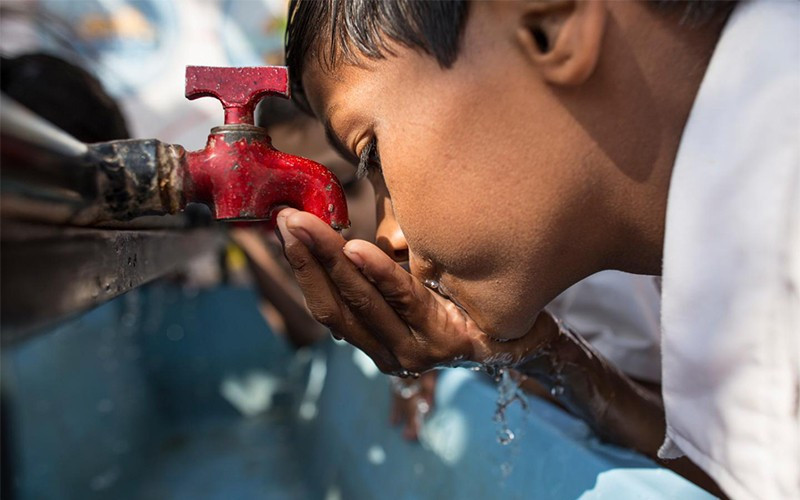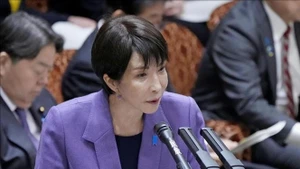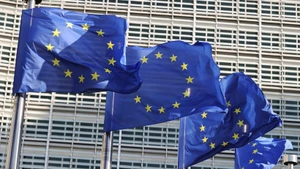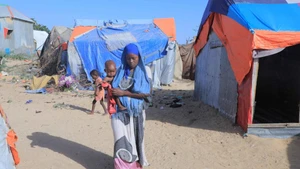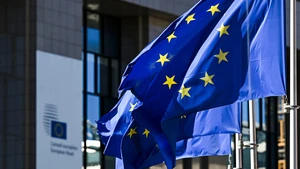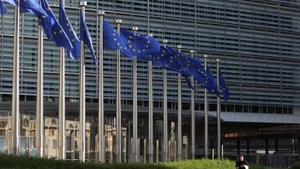The set of 17 Sustainable Development Goals (SDGs), adopted by the United Nations in 2015, aims to tackle the world’s greatest challenges by 2030, including poverty, inequality, climate change, environmental degradation, peace, and justice. Among them, SDG 6 seeks to ensure the sustainable management of water resources and sanitation for all.
A joint study by the World Health Organisation (WHO) and the United Nations Children’s Fund (UNICEF), released on the occasion of World Water Week 2025 (August 24–28), shows that the world is falling behind the target of universal coverage by 2030. Slow progress in water, sanitation, and hygiene (WASH) leaves billions of people exposed to high risks of disease.
As of 2024, one in four people worldwide still lacks access to safe drinking water; more than 100 million people rely directly on untreated surface water from rivers, lakes, and streams; and 28 countries – mostly in Africa – still have more than 25% of their populations without basic drinking water services.
In sanitation, 1.2 billion people have gained access to safely managed services, raising coverage from 48% to 58%. However, 3.4 billion people remain without safe sanitation. The number of people practising open defecation has fallen by 429 million, but 354 million – about 4% of the global population – still do so. In terms of hygiene, 1.6 billion people now have handwashing facilities with soap and water at home, raising global coverage from 66% to 80%. Yet, 1.7 billion people still lack basic hygiene services.
The WHO-UNICEF report also highlights inequalities in achieving WASH targets. The rate of open defecation in low-income countries remains four times the global average.
To reach WASH goals, low-income countries would need to accelerate progress sevenfold in access to basic water services and 18-fold in basic sanitation compared to current rates. Within countries, disparities remain stark between rural and urban areas, between the richest and poorest groups, between ethnicities, and between men and women.
Cecilia Scharp, Director of UNICEF’s WASH Programme, warned that at the current pace, the goal of ensuring clean water and sanitation for all children remains far out of reach.
The challenges in achieving SDG 6 – and the 17 SDGs as a whole – are daunting. According to the UN’s 2025 SDG Report, released in July, only about 35% of targets are on track, nearly 50% are stagnating, and 18% are regressing. Even the first goal of eradicating poverty remains unmet, with more than 800 million people – one-tenth of the global population – still living in extreme poverty.
A worrying trend is the sharp decline in development aid channelled through UN agencies and directly to poor countries. Of the 46 billion USD required for global humanitarian needs in 2025, the UN had received only around 17% by early August.
Underdeveloped regions continue to be trapped in a vicious cycle of poverty, underdevelopment, disease, environmental degradation, and conflict. Waves of migrants and refugees from poverty- and conflict-stricken areas in Africa and South Asia continue to flow towards the borders of Europe and North America.
Breaking this cycle requires nothing less than a collective effort from all nations – above all, the developed countries – to assume greater responsibility for the world’s sustainable development, which is also in their own interest.
